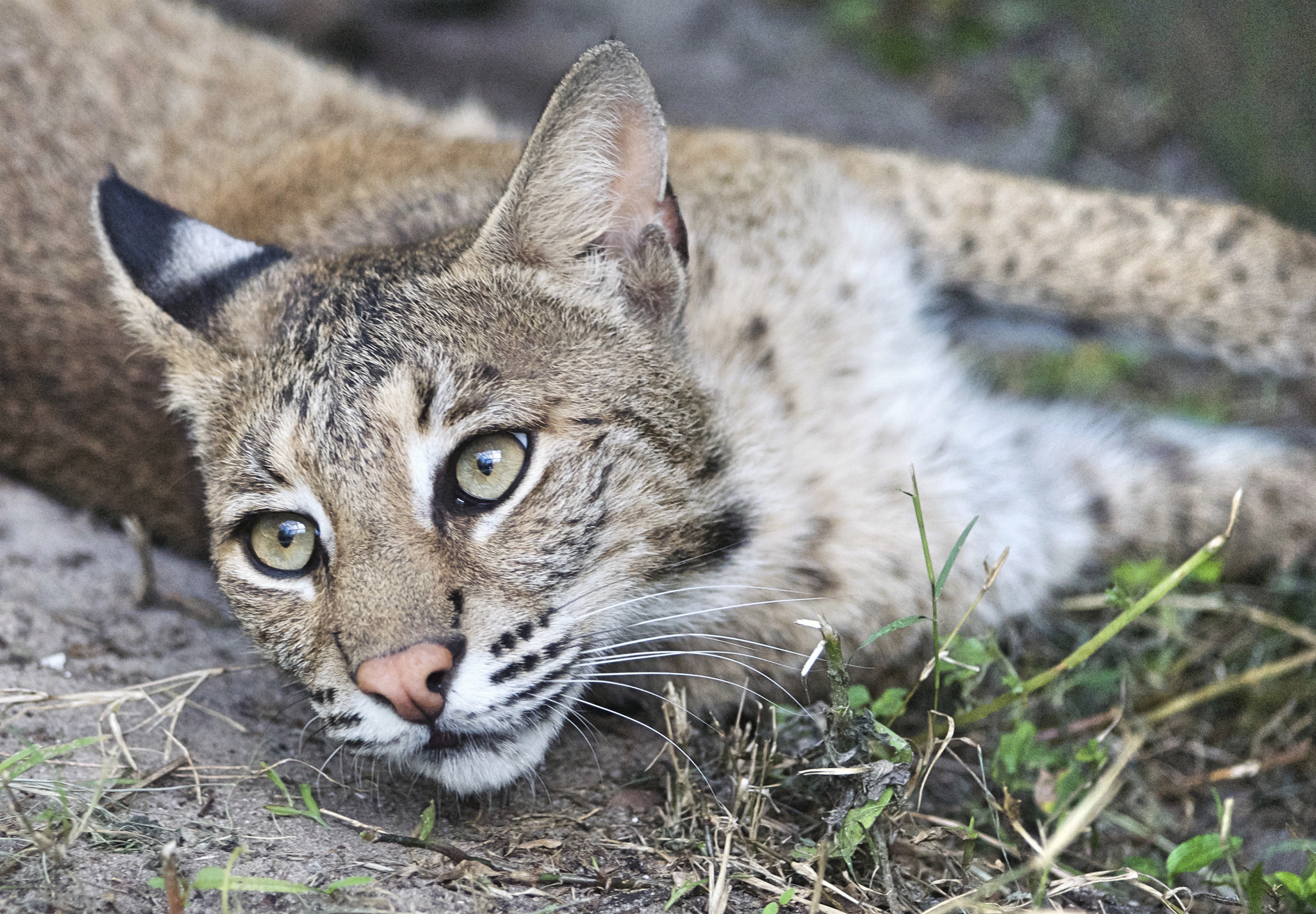
The earliest known member of the Lynx genus evolved in Africa around 4 million years ago. Known to paleontologists as the Issiore lynx, this creature had a more housecat-like appearance than its modern relatives do, courtesy of the now-extinct cat’s shorter limbs and proportionally bigger skull. Over time, the Issiore lynx spread northwards into Eurasia. From there, it crossed the Bering Strait and entered North America.

Back in the 1980s, the remains of a very young bobcat which were originally misclassified as a puppy were discovered beneath a 2000-year-old man-made grave in western Illinois. The plot in question was part of a much larger burial site created by a village aligned with the Hopewell Culture, a widespread group of related peoples who generally lived in small, isolated farming villages.

Traditionally, when someone in a Hopewell community died, the deceased was laid to rest in a burial mound. While dog burials are known, they were in the villages, not the mounds. Scattered around its body were the beads of a necklace, which might have been used as a collar in life. Given these clues, some experts believe that the animal was once a beloved pet.


Comments
Powered by Facebook Comments
